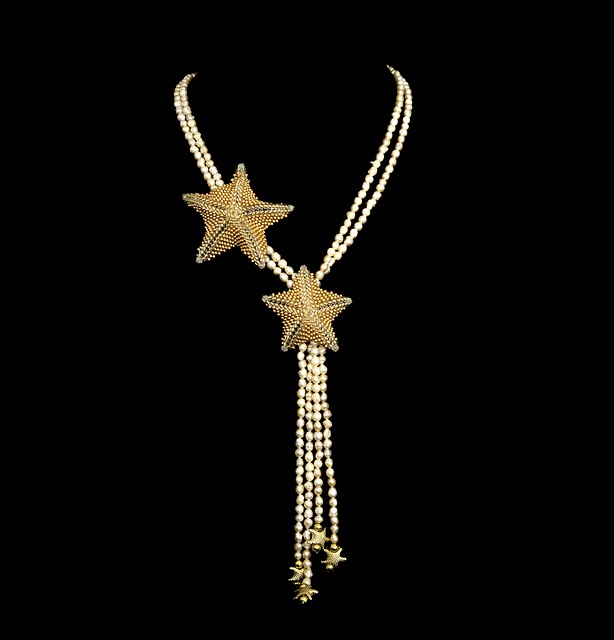Jewelry equity loans provide a structured financial solution where individuals borrow against their personal jewelry’s value. This process involves meticulous legal attention, including appraisals, defined terms, and clear rights/responsibilities to protect all parties. Eligibility evaluation is critical, encompassing credit checks, income verification, and jewelry appraisal. Borrower rights include understanding loan terms, fostering trust, and awareness of consumer protection laws. Accurate collateral assessment through professional appraisals ensures fair market value determination. Repayment terms and default provisions must be understood to avoid penalties and potential asset repossession.
In today’s economic landscape, jewelry equity loans have emerged as a unique financing option. This article delves into the legal intricacies surrounding these loans, providing a comprehensive guide for both lenders and borrowers. We explore key aspects such as understanding the mechanics of jewelry equity loans, evaluating borrower eligibility and rights, assessing collateral, repayment terms, and default provisions. By navigating these considerations, individuals can make informed decisions regarding this alternative financing method, ensuring compliance with legal frameworks while unlocking valuable assets.
- Understanding Jewelry Equity Loans: A Legal Perspective
- Evaluating Borrower Eligibility and Rights
- Collateral Assessment and Appraisal Methods
- Repayment Terms and Default Provisions
Understanding Jewelry Equity Loans: A Legal Perspective

Jewelry equity loans represent an innovative financial solution where individuals can leverage the value of their personal jewelry as collateral to secure funding. From a legal standpoint, understanding this process is paramount for both lenders and borrowers. These loans offer a unique opportunity for borrowers to access substantial funds with relative ease while providing lenders with a secured interest in specific pieces of jewelry.
The legal framework surrounding jewelry equity loans involves careful consideration of various factors. It includes assessing the appraised value of the jewelry, establishing clear terms and conditions for repayment, and defining the rights and responsibilities of both parties. This structured approach ensures that the loan process remains fair and transparent, protecting the interests of all involved while facilitating access to capital through these unique financial instruments.
Evaluating Borrower Eligibility and Rights

When considering jewelry equity loans, evaluating borrower eligibility is paramount. Lenders must assess not only the creditworthiness and financial history of the applicant but also their ability to repay the loan while retaining ownership of their precious items. This process involves thorough background checks, verification of income, and appraisal of the jewelry’s value to ensure it serves as adequate collateral. The rights of borrowers in this context are equally significant. They have the right to understand the terms and conditions of the loan, including interest rates, repayment schedules, and any associated fees. Transparency is key to fostering trust between lender and borrower, ensuring a fair and mutually beneficial transaction for jewelry equity loans.
In addition to these considerations, borrowers should be aware of their rights under consumer protection laws, which can vary by jurisdiction. Knowing the legal framework surrounding jewelry equity loans empowers individuals to make informed decisions, protecting them from predatory lending practices. Understanding both eligibility requirements and borrower rights is crucial when navigating this alternative financing option for valuable personal possessions, ensuring a secure and beneficial arrangement for all parties involved in jewelry equity loans.
Collateral Assessment and Appraisal Methods

In the realm of jewelry equity loans, accurate and unbiased collateral assessment is paramount. The process begins with meticulous examination of the jewelry item(s) presented, considering factors such as rarity, condition, brand reputation, and market trends to establish a fair market value. This initial evaluation sets the stage for a professional appraisal, where gems and metals are rigorously tested, graded, and certified by specialized experts. These appraisals provide tangible evidence of the collateral’s worth, ensuring both lender and borrower have a clear understanding of its financial value in the event of a loan or dispute.
A variety of methods and tools are employed to assess jewelry equity loans, each designed to offer comprehensive insights into the collateral’s true worth. From traditional appraisals conducted by gemologists and jewelers to advanced technological assessments utilizing digital imaging and spectroscopic analysis, these approaches cater to different preferences and budgets while maintaining the highest standards of accuracy. The end goal is a transparent and secure process that protects both parties involved in jewelry equity loans, fostering trust and confidence in this unique financing option.
Repayment Terms and Default Provisions

When considering jewelry equity loans, understanding repayment terms and default provisions is essential. These agreements outline how much time a borrower has to repay the loan, including interest, and specify consequences for failing to make payments on time. Many jewelry equity loan providers offer flexible repayment options tailored to the borrower’s financial situation, ranging from monthly installments to more customized plans. However, it’s crucial to read the fine print, as late fees, prepayment penalties, and other charges can significantly impact the overall cost of borrowing.
In case of default, where a borrower fails to meet their obligations, jewelry equity loans typically include provisions for repossession of the pledged jewelry. The lender may also have the right to sell the secured item to recover the outstanding debt. It’s important for borrowers to be aware of these rights and consequences, as prompt repayment is key to avoiding the loss of valuable assets. Understanding these terms allows individuals to make informed decisions when leveraging their jewelry as collateral, ensuring a transparent and fair borrowing experience.
In navigating the complex landscape of jewelry equity loans, understanding the legal considerations is paramount. From evaluating borrower eligibility and rights to assessing collateral and managing repayment terms, each aspect must be carefully evaluated. By employing robust appraisal methods and considering comprehensive default provisions, lenders can ensure a secure and beneficial arrangement for all parties involved in these unique financial instruments. Jewelry equity loans offer a creative solution, but they demand meticulous legal oversight to prevent complications and maximize success.
